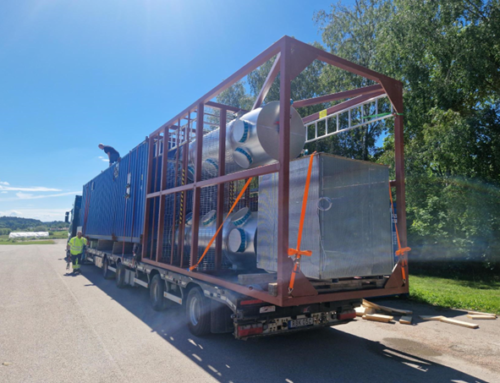Lab-scale experiments to monitor catalysts’ performance
Nickel-based catalysts, widely acknowledged for their impressive catalytic properties and cost-effectiveness, are central to methanation research. These catalysts are crucial in transforming carbon dioxide into methane, achieving notable conversion rates. However, this is a challenging procedure. Issues such as carbon buildup, particle agglomeration, and sulfur poisoning must be carefully addressed.
In response to these challenges, our team embarked on a mission to identify the most appropriate catalyst for our application, focusing on efficiency and longevity. The solution? By incorporating metal oxides like Nickel into alumina, we unlock many benefits: improved distribution of nickel particles, minimised risk of sintering, and enhanced resistance to carbon deposition, to name a few.
Furthermore, we analysed two distinct NiO/Al2O3 catalysts, varying in oxide ratio, morphology, and density. Using advanced techniques, we closely examined their makeup and how well the materials were mixed together, disclosing a uniform mixture of particles. This composition is key to unlocking higher CO2 conversion and CH4 selectivity.
The lab-scale experiments were crucial for the smooth continuation of our activities. They indicated the type of catalyst we needed to procure to proceed with the pilot unit processes with high performance and cost-effectiveness.






